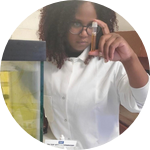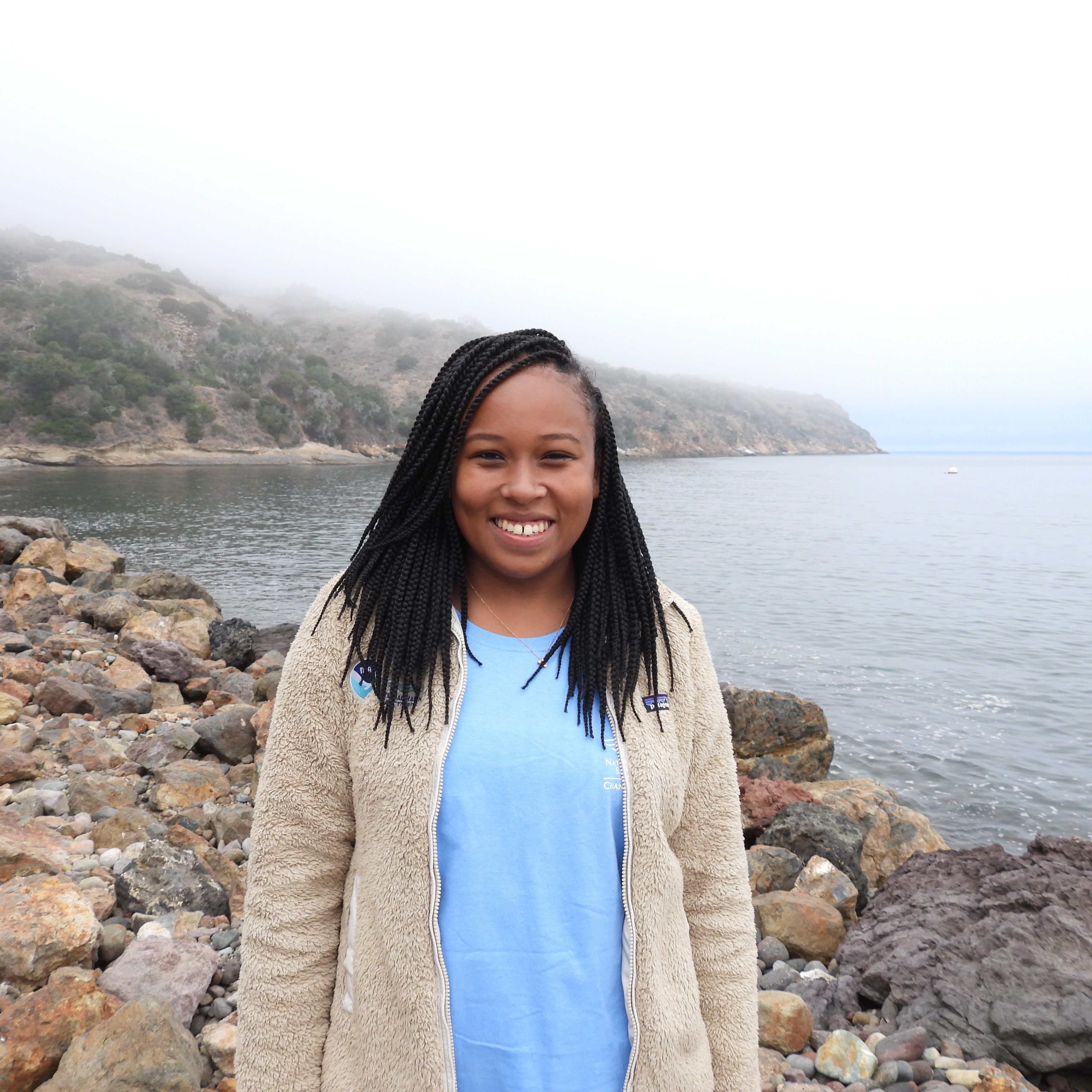About This Project
Coral reefs provide important cultural, economic and ecologic resources. These important ecosystems are increasingly threatened by plastic pollution. Although we know that corals eat plastics, there have been very few studies conducted. I will be conducting the first and largest analysis of the physical and chemical properties of coral ingested microplastics within the Main Hawaiian Islands, Papahānaumokuākea and American Sāmoa.
Ask the Scientists
Join The DiscussionWhat is the context of this research?
Corals receive most of their nutrients from photosynthesis, but their remaining nutritional needs can be met by feeding on small organisms and particles in the ocean. Laboratory studies have already shown that eating microplastics can lead to coral bleaching, reduced growth rates, and compromised immune system responses with implications for the survival of corals. The effects seen were due to the physical characteristics of microplastics raising questions about the chemical characteristics. We urgently need to establish a baseline for current conditions of microplastic pollution within corals so that further laboratory investigation can be conducted using environmentally relevant concentrations, types of microplastics, and their chemical compositions.
What is the significance of this project?
This project will be the largest coral ingestion of microplastics study in the world and the first large-scale survey of its type in the Pacific. This is also the first survey which will directly measure the chemical contaminants within ingested plastics. This research reveals coral preferences, plastic retention, and microplastic chemical risks, vital for ecosystem protection. The absence of documented microplastic ingestion by US Pacific corals, amid ocean acidification and warming, emphasizes the urgency to understand these hazards. Filling this data gap is critical for actionable science to combat microplastic pollution in the Pacific Ocean.
What are the goals of the project?
This project will assess if corals are preferentially eating certain types of microplastics and how this differs based on proximity to human populations (uninhabited vs. inhabited) and sources of marine debris (local vs. distant) by collecting samples from across American Samoa, Papahānaumokuākea and the main Hawaiian Islands. Additionally, quantify retention of microplastics and determine if polyp size (small vs. large) or skeletal structure (imperforate vs. perforate) affects which types of microplastics are retained by collecting five coral genera (Porites, Pocillopora, Montipora, Leptastrea, and Lobactis). Lastly, determine the chemical composition (additives and sorbed chemicals) of ingested microplastics to identify the types of chemical contaminants corals are encountering
Budget
I am seeking funding to cover the cost of polymer analysis. I want to determine both the types of plastics being eaten by corals and their associated chemicals
Endorsed by
 Project Timeline
Project Timeline
We have already collected coral samples from the main Hawaiian Islands and American Samoa. We are hoping to send off the first set of samples for analysis this summer. The remaining collections will also take place by the end of the year. We hope to have all samples processed by August 2025.
Jul 31, 2024
Collect coral samples from Papahānaumokuākea
Jul 31, 2024
Send first batch of samples for polymer type analysis
Sep 15, 2024
Being working on chemical analysis of samples using GC-MS at the NOAA Northeast Fisheries Science Center
Jan 01, 2025
Begin data analysis of samples
Feb 03, 2025
Project Launched
Meet the Team
Keiko Wilkins
Keiko Wilkins is originally from Ohio where she received both her B.S. and M.S degrees in Biology from Miami University (Oxford, OH) with a focus on freshwater zooplankton ecology. She now currently resides in Honolulu, HI as a PhD candidate within the marine biology graduate program at the University of Hawai‘i at Mānoa. Her research explores the effects of microplastics on coral reef health, survival, and reproduction. She is also a 2022 NOAA Dr. Nancy Foster Scholar exploring corals eating microplastics within the three NOAA National Marine Sanctuary protected areas within the Pacific Island Region: Papahānaumokuākea Marine National Monument, the Hawaiian Islands Humpback Whale National Marine Sanctuary and the National Marine Sanctuary of American Sāmoa.
Lab Notes
Nothing posted yet.
Additional Information
Beyond benefitting the marine environment, this project benefits Pacific Islander communities reliant on corals for economy and culture. Understanding marine debris impacts on corals enhances fishing grounds, preserves culturally significant sites, and strengthens economic opportunities through improved resource management. Given its cultural significance and habitat for 25% of all marine life, valued at $375 billion per year, this data is necessary.
Project Backers
- 5Backers
- 100%Funded
- $10,005Total Donations
- $2,001.00Average Donation

